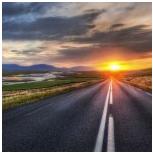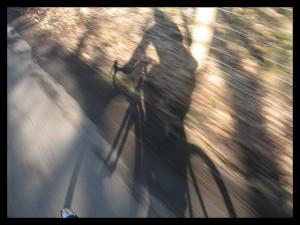

One of the more obvious impacts roads have on wildlife is causing roadkill.
Between one to two million animals a year die on American roads and highways, according to the Humane Society. Recently, researchers and volunteer citizen scientists have come together to better understand which animals most frequently end up as roadkill, and hope to identify roadkill hot-spots.
Recently Adventure Scientists started a “road ecology” project. This group pairs scientists with pedestrians and cyclists to collect data and learn how often, where, and when animals are hit on the road. Cyclists and pedestrians are in a unique position to grasp the risk encountered by their vulnerable counterparts in the animal kingdom. The observations of bike commuters and recreational cyclists who ride the same routes on a regular basis, will allow researchers to track changes in the area.

Thanks to an online form and a smart-phone application designed by iNaturalist, citizen scientists, from all over the world, can report basic details about the animal, and the location and time of its death. With the help of volunteers, the organization hopes to use the data to understand better which species are affected, when and where they are most affected.
Lowering speed limits, and building wildlife underpasses or overpasses are some of the changes proposed by the scientists involved in the project. But with time, more solutions may come to light. The involvement of interested volunteers contributes to the field of road ecology and highlights the importance of learning about the shared environment of both human landscapes and existing wildlife populations.
Photo courtesy of Trey Ratcliff (Stuck in Customs) and Simon Barnes